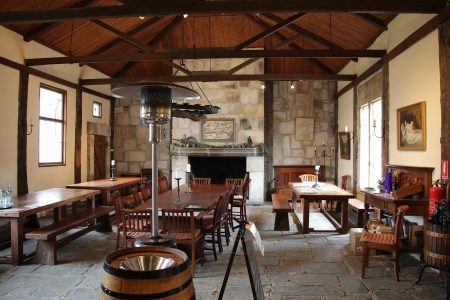Signage is a means of communication whose purpose is to signal, inform and guide visitors or passengers to an activity, a place of sale or an exhibition of a company. It can be installed in any natural environment (park, forest path, etc.) or even in front of the entrance of a building.
The Advantages of a Wooden Sign
A wooden sign is easy to install and identify. It is mainly used to clearly and aesthetically indicate the name of paths, the presence of certain services, and the facilities in the vicinity (parking, guard, etc.). Moreover, it is customizable and available in several dimensions. You can then choose your text, colour, and the arrow’s direction. In addition, the wooden signage adapts perfectly to its environment and is very solid and resistant to weather. It is beneficial to facilitate the circulation in protected or natural environments: on a private site, in a forest, etc. If you want to have it, you can contact a specialized carpenter.
The Materialization of a Wooden Sign
The signage is materialized by:
Engraved wooden arrows: allowing to mark out a path and indicate a destination or direction in a precise way. Its name must be engraved on a pine panel and be integrated into a natural environment. As for the text, it is painted with the colour chosen by its owner.
Engraved wooden slats: used to mark forest trails and to indicate the presence of particular facilities or installations. They are available in two sizes. They can also be engraved on the front and back. Engraved wooden slats are usually installed between two wooden posts.
Wooden poles: available in two heights. In the case of wooden arrows, wooden poles allow them to be securely fixed to indicate a direction. As for the wooden slats, the bi-masts allow for easy installation.
The Different Types of Wooden Signs
Depending on the sector (private or collective), there are several types of signs, such as
Street signs: they are mandatory in all communities. Indeed, street signs must always be visible, whether for road signs, street signs, or signs at the entrance or exit of a town. Let’s take as an example the city signage, the installation of these plates is mandatory and the naming of the streets.
On the other hand, the types of signs can be different depending on the town. In other words, there is no such thing as a “standard” street sign. Therefore, each community can freely choose the model it wishes to implement.
Information or orientation signs: found in cities or in green spaces. These signs serve as an orientation, but they can also integrate the site’s history in question, the different activities that can be found in it, and the various facilities set up both inside and outside. They are installed to facilitate the location and orientation of the principal places of a community.
License plates: they are reserved for the hotel industry.
The classification plates: they are especially essential to indicate the rank or classification of the hotels of tourism.
The company plate: even if it is not mandatory, it is still beneficial, especially for companies that want to show their visibility to their customers.






